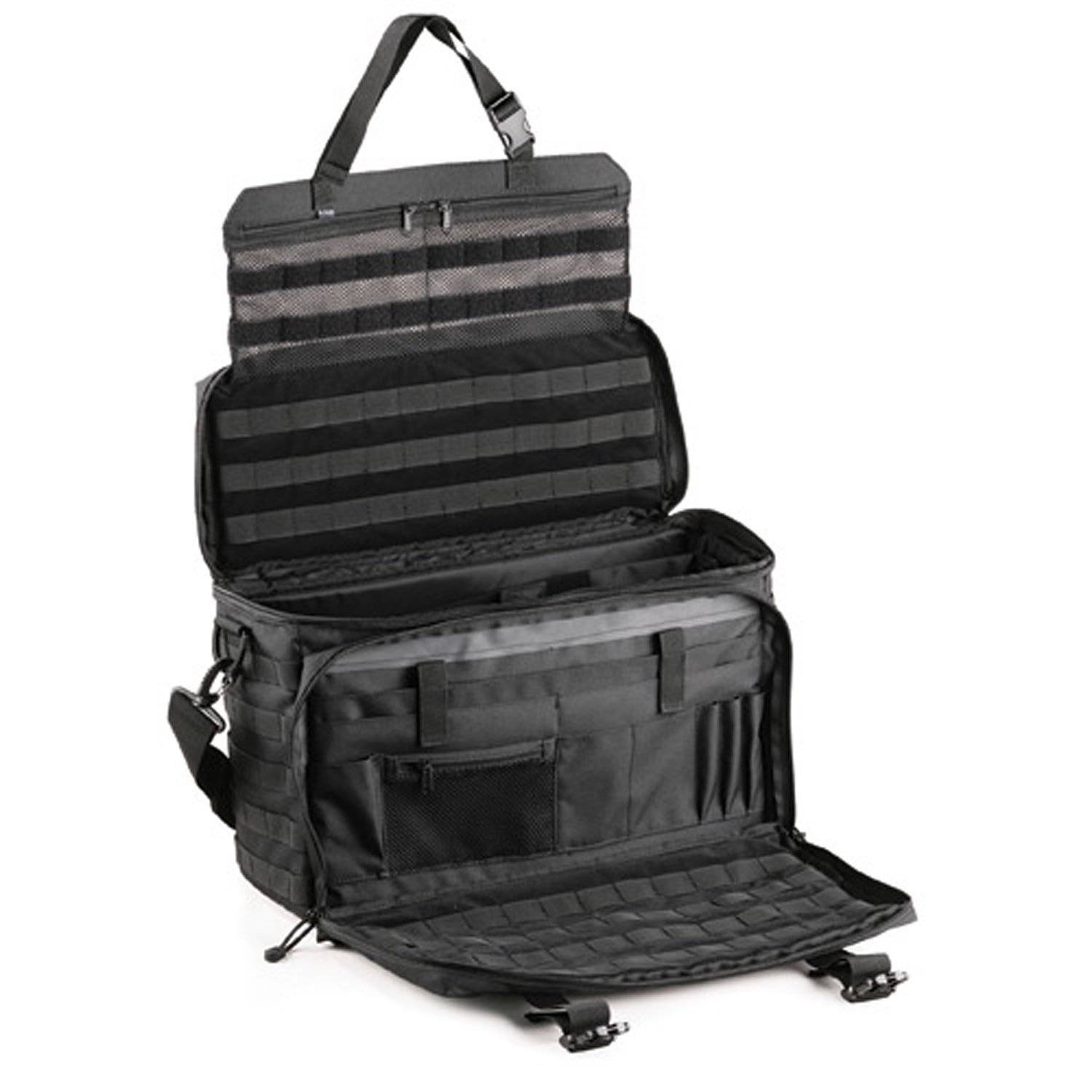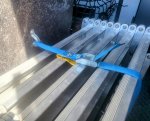Details on “few small warranty items” on something basically brand new and $70k+ would be helpful to share with the community and potential buyers.
ON PAPER, the Arterra checks a lot of boxes and something I thought would have taken off big time and sold like hot cakes.
I saw some odd red flags, but based on everything else, thought it would still be a VERY popular option, considering the nicer pop up campers are close in price now...
I heard rumors the walls were much thinner than folks realize and with all the windows the insulation is lacking big time.
Haven’t been able to confirm this and I find it odd Super Mario doesn’t list the panel thickness (rumored to be only 1/2") ANYWHERE, and everyone seems to refuse to answer a very simple and straight forward question. ?
My gut senses something is awry….
Yes, happy to transparently share.
--2 of the Tern Overland roof hatch LED's were intermittently working. Turn on the switch one time, 2 of 4 aren't working. Turn off, back on, still not working. Turn off, back on and all 4 working. My ATO dealer replaced all 4 regardless.
--My ATO dealer made a boo-boo when installing the new ATO entry door insulating panel (note; before this panel, while the Tern Wildlands entry door's window is tinted, that doesn't matter when you're inside the camper with lights on at night and changing into your bday suit; anyone outside gets a free show). There were no instructions from ATO and instead of searching for the few spy pics on ATO's IG, my dealer assumed (not a horrible assumption) that the insulating panel would go on the inside of the Tern exterior door where the window is, NOT on the inside of the Tern interior door. So they drilled into the inside of the exterior door, installed the little turnbuckle clips around the perimeter of the door, hung the insulating panel, shut the screen door on the exterior door/panel but the screen door wouldn't close...insulating panel is too thick. They call Mario at ATO, he says the insulating panel goes on the inside of the screen door. DOHP! So my ATO dealer orders a new $1300 Tern door, then they go to install it...wait, there are no door hinge pins which can be driven out and a door easily replaced. The Tern Wildlands door has hinging legs that are bonded to the camper shell, then riveted on to the camper. How the heck?! They find out that in order to replace the exterior door, they'd basically have to pry the door hinge legs off the camper and pray that they don't ruin the camper. ******? What kind of forethought did Tern have for people that need to replace a door? Apparently none. So, plan B is they filled in their erroneous holes with some special marine epoxy, smoothed them, then paying to have a pro vinyl shop apply white vinyl onto the white inside of the exterior door.
-I think I mentioned some of the other warrantiables earlier, but if not, first time I used the kitchen sink there was water dripping at one of the (non-genuine sharkbite) fittings. ATO dealer fixed up by replacing a bunch of them--apparently ATO has seen that some of these fittings have leaked on first use.
-For some unknown reason, on my camper (#002, but first production unit behind Mario's #001 prototype), they used thread tape on my propane lines. This caused the propane to leak out quite quickly. ATO dealer removed thread tape on propane lines.
-The rearmost handle(at rear wall) to the Lagun dinette table mount had the L-shaped handle end on the driver side, which prevented the table from swiveling towards the driver side a the handle was up against the Tern window shade (lower) roller. So, this handle was swapped to pass side and now the table can actually move. <hopefully now they are testing systems a few times before camper delivery>
Agreed with chadx on the R-value/camper weight debate. Regarding Aterra XLF(flatbed), ATO had initially informed me; "The walls with their coating inside and out are 5/8” thick with R-4. The floor is 1-1/8” thick R-6. The tapered and flat parts of the roof are 9/16” thick with additional insulation yielding R-8. The key to cold weather comfort in this shell is minimal thermal bridges and the 12600 btu Truma Vario [propane] heater."
Note; ATO's site still says "The well-equipped camper is suitable for all seasons..." After some winter time in it, I'd challenge that statement. "Suitable" is the key word. Sure, the Aterra can be used in all seasons, but it's interesting other camper companies with thicker walls like OEV and TotalComposites state "3 season camper." That's more accurate IMHO.
@chadx, curious on your OEV CampX, for your 20lb propane bottle, camping in winter, having the interior temp set to 50degF let's say, how long will that propane bottle last you?
1150lbs dry supposedly;
https://atoverland.com/pages/aterra-xl-flatbed-camper
Add in 30gal water (249lbs), some of the available options, and some "buffer" pieces between flatbed and camper in case you need to add a smidge of cabover height over truck cab, and you're at 1650lbs pretty quickly.
Agreed with RAM5500 on all the windows. I too have learned this firsthand. The 5 Tern windows are nice in that they prevent a light/bright interior, but in the middle of the summer I was keeping all the blackout shades up. Light, but also solar heat, infiltrated the camper, and the small Maxxair dome fan (nor the Tern hatch, or opening a few windows) could evacuate all that solar heat quick enough. So now, even in winter, if the camper is outside, the blackout shades are pulled down to keep the camper interior more thermally stable. Note; I had thought about having the tint shop add some 3M Ceramic (light shade) tint to the interior of these windows. That has helped dramatically in the truck and all of my other rigs.
Note on condensation; I still have NOT come across any condensation (walls, windows, etc), even with 18degF exterior ambient temps and the Truma propane heater running between 48-65deg, and 1 human and 1 dog inside. I am impressed with that.
Probably really well! A thin panel will flex more easily, instead of cracking or being penetrated. Plus, I think they are using aluminum on all the edges which will make them tough. The PP honeycomb core is also stronger than the foams being used. So long as they are using good skins, it should be as robust as anything of comparable weight.
Aluminum strips, used to bond cabinetry to, are on the inside of the "lightweight fiber reinforced thermoplastic honeycomb composite" cabin. I can also see a few spots of Coosa inside for bonding items to.
Could be... Might not be...
Thats what i find odd about the whole thing.
VERY limited details on the makeup and construction, and the details that are listed are still VERY generic and broad, almost to the point of evasive...
Aluminum corners? Maybe... Not mentioned how the thing is assembled anywhere other then generic use of "innovative" and "exquisitely"
Yes, the honeycomb panels butt up against each other, and then aluminum cap seals the corners/edges (like TC's extrusions, but different). So, should be no thermal bridging as the aluminum caps are on the outside of the honeycomb panels.
Thx on steps
@kmacafee. Standing up on rear tire IIRC was regarding my gray G-Wagen build. I like those mast steps. How are you supporting them on the backside?
My stairs under my dog platform take up less than 2" of "depth," so not much room at all.
Thx for your thoughts Scott (
@sg1). See my info above.





